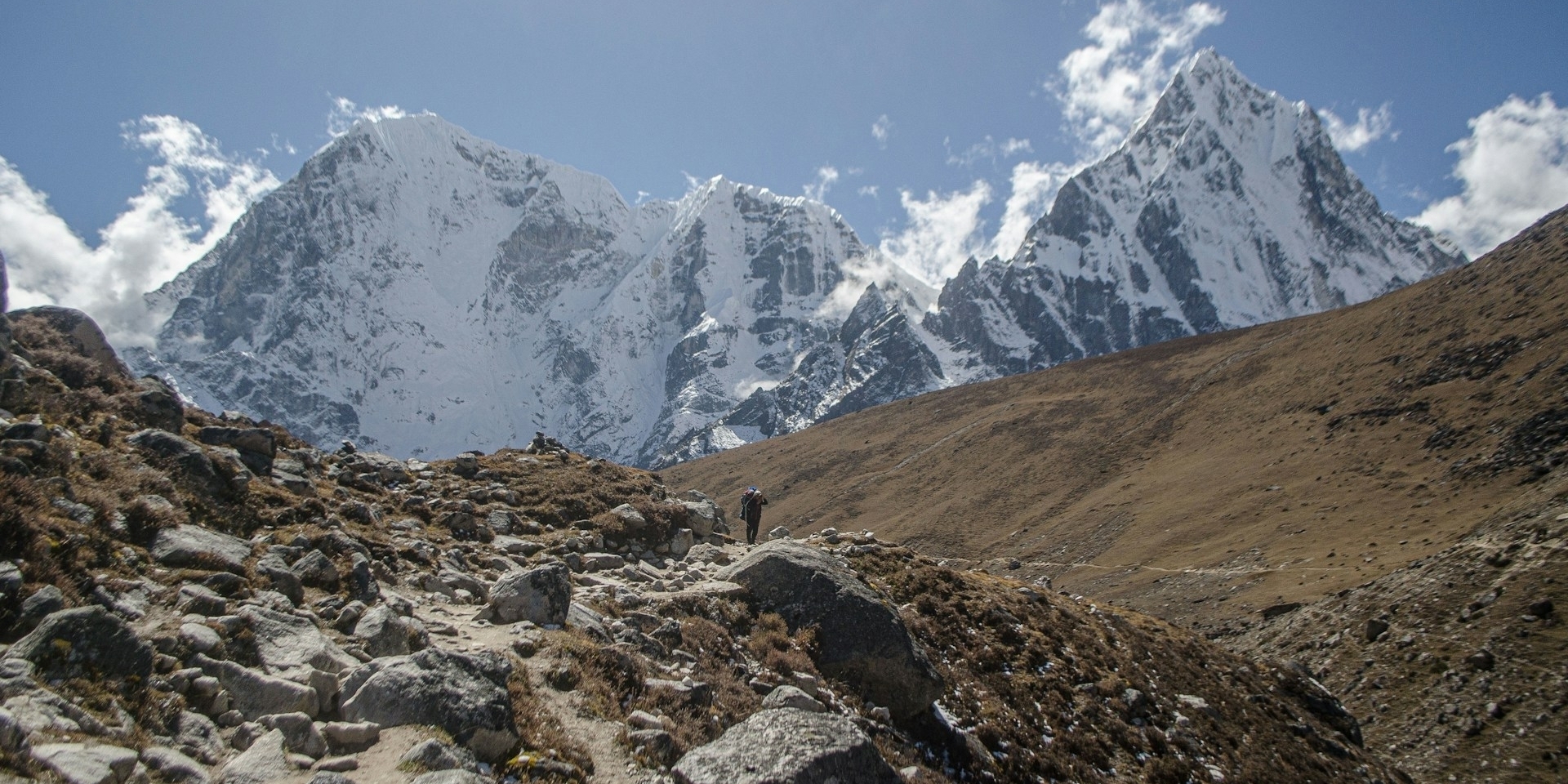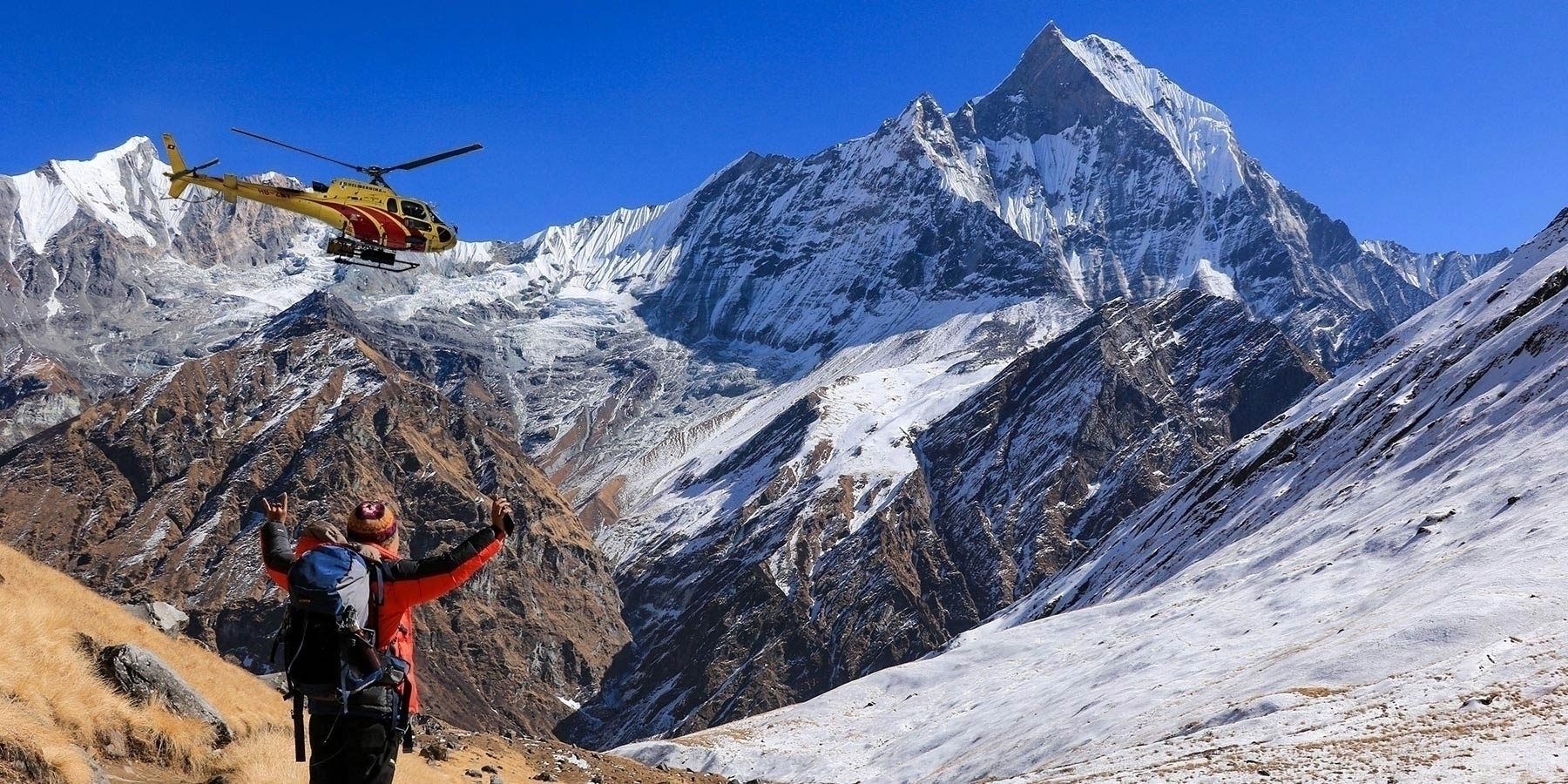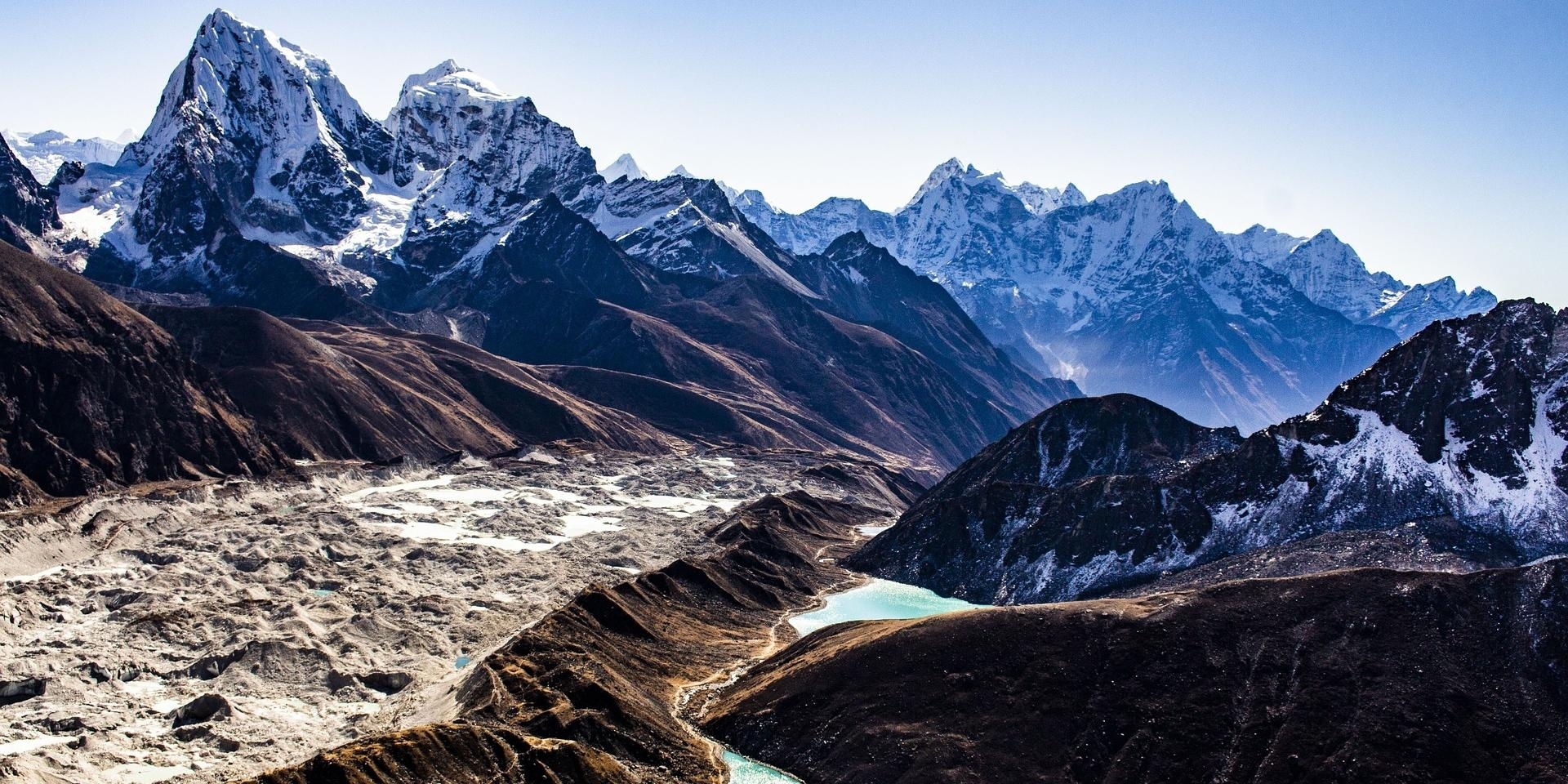Top 10 Trekking in Nepal
Nepal is a trekker's paradise, with its majestic mountain ranges, diverse landscapes, and rich cultural heritage. From the world-renowned Everest Base...


Mount Everest, the tallest peak on Earth, standing at a staggering 29,032 feet above sea level, beckons adventurers and climbers from across the globe. However, behind the allure of conquering the world's highest summit lie numerous challenges that test the limits of human endurance, skill, and resilience.
Situated in the Himalayas on the border of Nepal and Tibet, Mount Everest has long captivated the imagination of explorers and mountaineers. Its sheer height and unforgiving terrain make it an irresistible challenge for those seeking to push the boundaries of human achievement.
Since Sir Edmund Hillary and Tenzing Norgay's historic ascent in 1953, Mount Everest has been a symbol of human endeavor and triumph. However, the mountain's history is also marked by tragedy, with numerous climbers perishing in their quest to reach the summit.
One of the most formidable obstacles faced by climbers on Mount Everest is altitude sickness. As they ascend to higher elevations, the air becomes thinner, making it harder for the body to obtain the oxygen needed for physical exertion.
Mount Everest is notorious for its unpredictable and extreme weather conditions. Sudden storms, high winds, and sub-zero temperatures pose significant risks to climbers, often leading to frostbite and hypothermia.
The grueling physical and mental demands of climbing Mount Everest cannot be overstated. Climbers must endure weeks of strenuous exertion, often carrying heavy loads and battling fatigue and exhaustion.
Navigating the treacherous Khumbu Icefall is one of the most perilous challenges faced by climbers on their journey to the summit. The constantly shifting glacier terrain is fraught with hidden crevasses and towering seracs, posing a constant threat of collapse.
Mount Everest is highly susceptible to avalanches, especially during the climbing season when large masses of snow and ice are destabilized by warming temperatures and seismic activity.
Climbers must contend with a narrow window of opportunity for summit attempts, typically occurring in the spring and autumn months when weather conditions are relatively stable. This limited timeframe places immense pressure on climbers to acclimatize quickly and make their ascent before the onset of adverse weather.
The success of a Mount Everest expedition hinges on the quality and reliability of the equipment and supplies carried by climbers. From high-altitude tents and oxygen tanks to specialized climbing gear, every item must be carefully selected and meticulously maintained to ensure safety and survival.
Despite efforts to promote responsible climbing practices, Mount Everest continues to suffer from environmental degradation due to littering and pollution. Discarded equipment, human waste, and debris mar the pristine landscape, posing a threat to the fragile ecosystem.
The melting glaciers of Mount Everest are a stark reminder of the urgent need to address climate change. Rising temperatures are causing glaciers to retreat at an alarming rate, altering the mountain's landscape and posing new challenges for climbers.
Climbing Mount Everest requires obtaining permits from the respective authorities in Nepal or Tibet, along with adhering to strict regulations aimed at ensuring the safety of climbers and minimizing environmental impact.
The influx of climbers and tourists to the Everest region has brought both economic opportunities and challenges for local communities. While tourism has provided livelihoods for many, it has also placed strain on resources and traditional ways of life.
The psychological toll of climbing Mount Everest cannot be underestimated. The constant threat of danger, isolation, and extreme conditions take a profound toll on climbers' mental well-being, often leading to anxiety, depression, and post-traumatic stress disorder.
Tragically, Mount Everest has claimed the lives of hundreds of climbers over the years, highlighting the inherent risks and dangers associated with high-altitude mountaineering.
The bustling hub of activity at Everest Base Camp serves as the starting point for climbers embarking on their journey to the summit. It is a vibrant community where climbers prepare, acclimatize, and form lifelong bonds with fellow adventurers.
Efforts to enhance safety and rescue operations on Mount Everest have led to improvements in emergency response capabilities, including the deployment of helicopters and trained medical personnel to assist climbers in distress.
In conclusion, exploring Mount Everest is a feat that demands courage, determination, and respect for the formidable challenges that lie ahead. From altitude sickness and extreme weather to technical difficulties and environmental concerns, climbers must confront a myriad of obstacles on their quest to reach the summit. Despite the risks and uncertainties, the allure of Mount Everest endures, drawing adventurers from all corners of the globe in search of the ultimate mountaineering challenge.
Climbing Mount Everest is inherently dangerous due to extreme weather, altitude sickness, and other hazards.
The duration of a Mount Everest expedition varies but typically lasts around two months, including acclimatization periods.
Climbing Mount Everest requires extensive mountaineering experience, physical fitness, and proper training.

Nepal is a trekker's paradise, with its majestic mountain ranges, diverse landscapes, and rich cultural heritage. From the world-renowned Everest Base...

Nepal, nestled in the lap of the Himalayas, is a paradise for trekkers and adventure enthusiasts. With its awe-inspiring landscapes, diverse terrain,...

Mount Everest, towering at 8,848 meters (29,029 feet) above sea level, stands as the tallest peak on Earth, beckoning adventurers and mountaineers fro...
